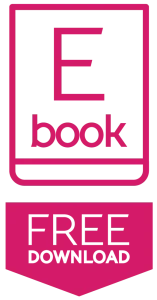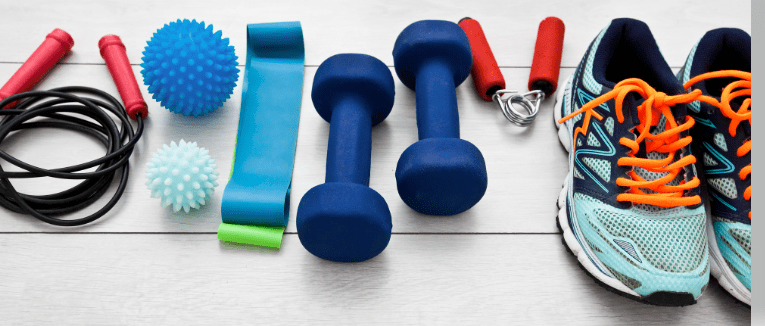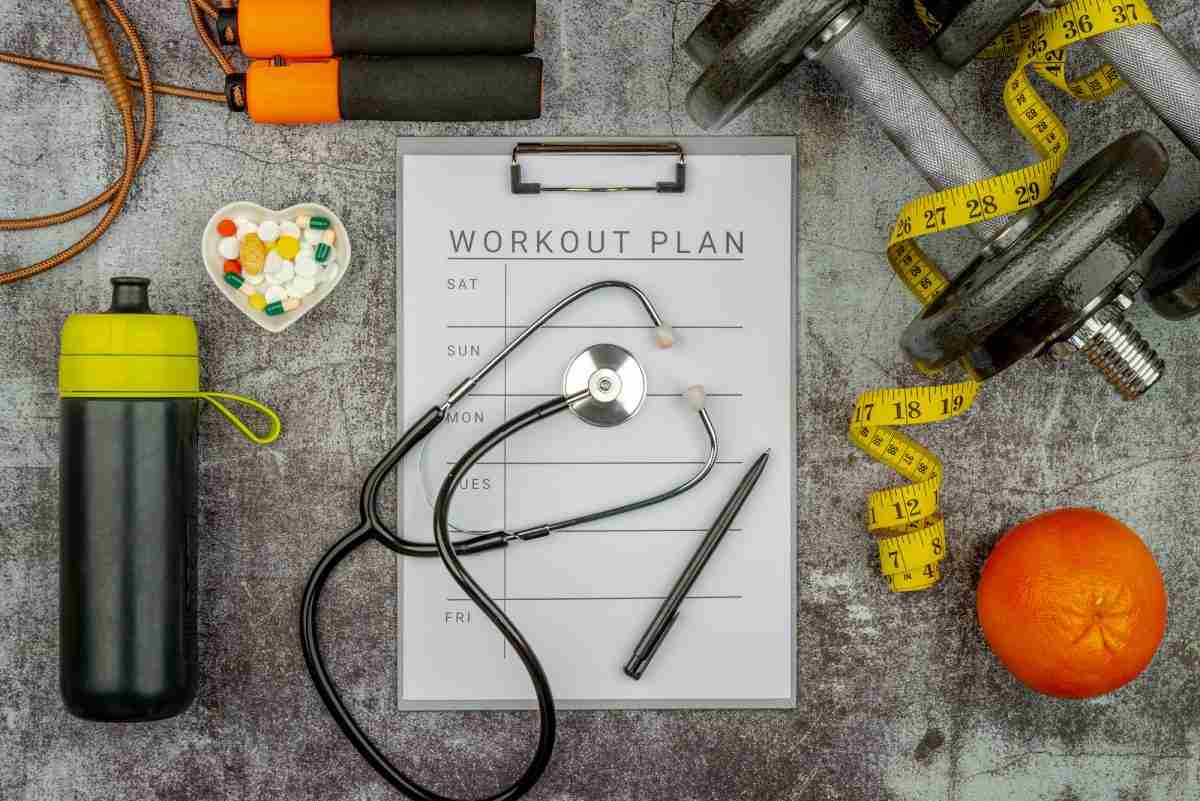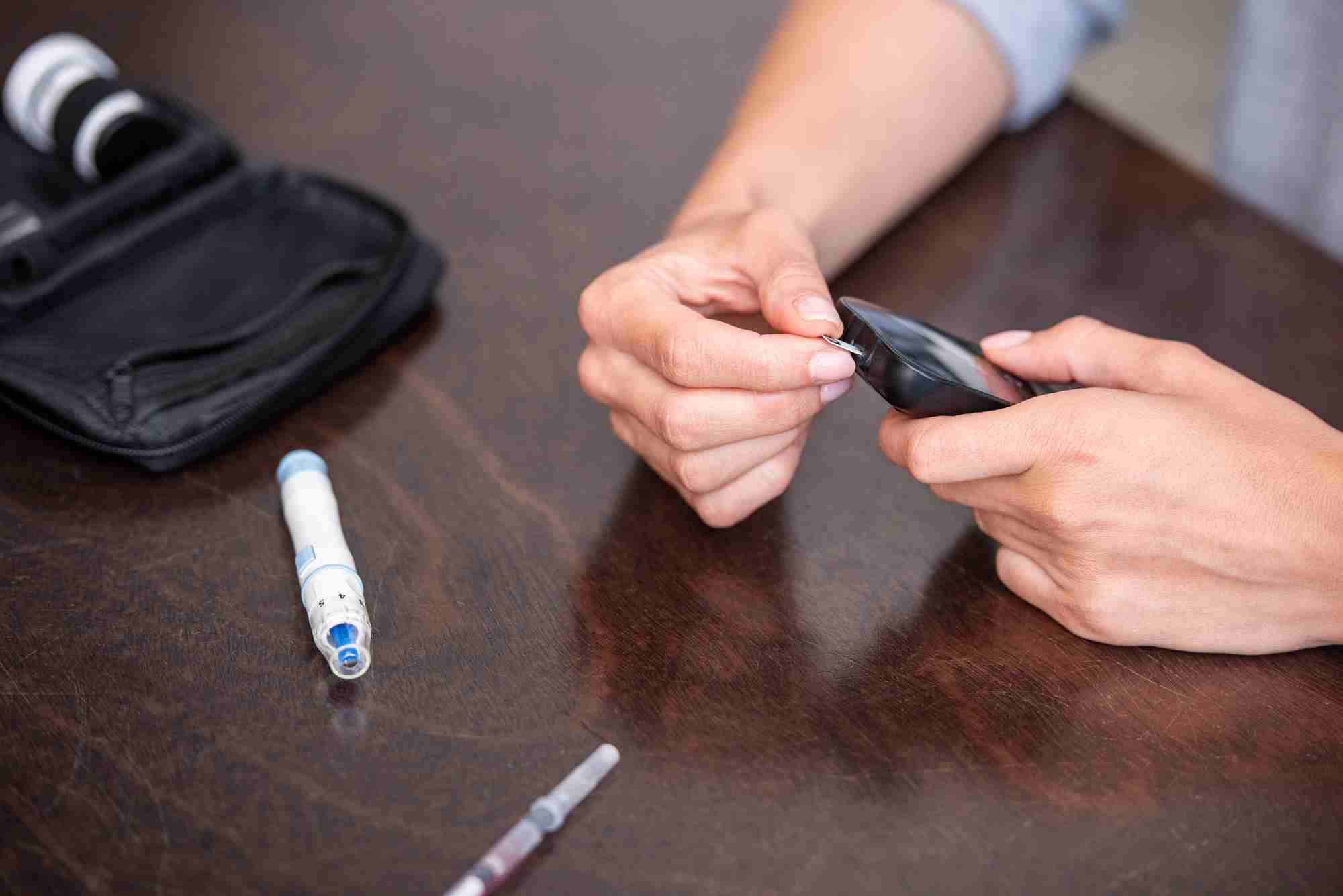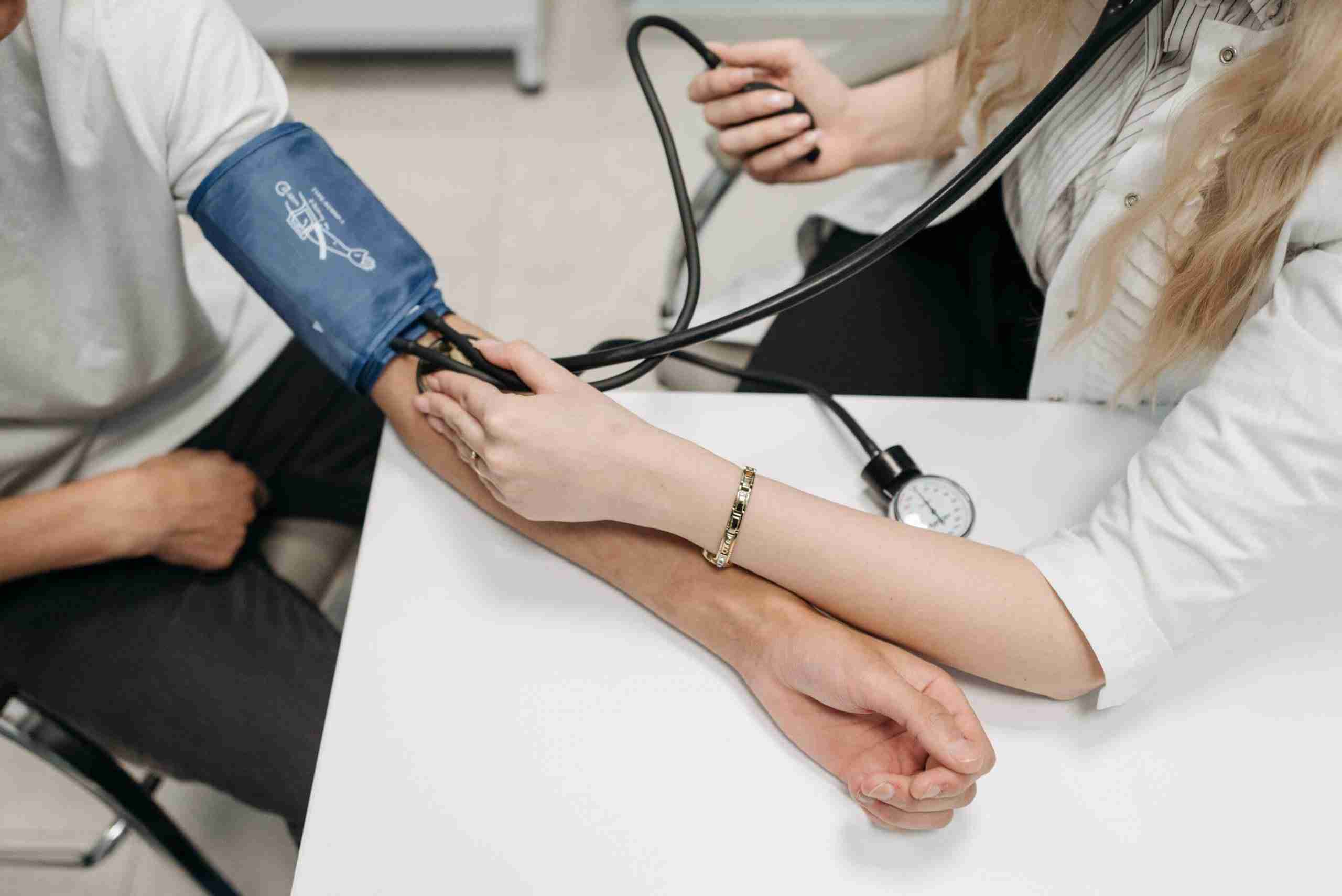Why Consumers Need to Take Control of Their PHR
Remember the last time you were sick and had to go to your doctor or even hospital? The nurses and physicians probably bombarded you with questions, conducted physical exams and maybe even ran some blood tests. Their notes, test results, diagnoses, prescriptions and treatment all went into your healthcare provider’s health record files, electronic health record (EHR) or electronic medical record (EMR) system.
Those provider health records are a part of your personal health record (PHR), but they’re not the only elements of your PHR. And unfortunately, too often your PHR is not very personal.
What is a Personal Health Record?
Your personal health record (PHR) is the collection of available information, data and statistics about your health.
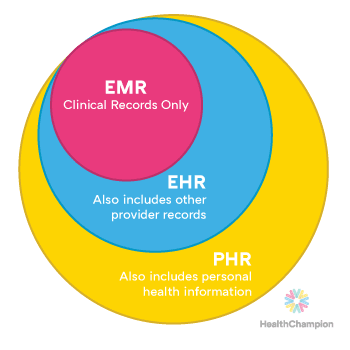
But as discussed below, PHR goes way beyond your hospital or medical records. It includes all available data about and useful for your health. That means that your PHR includes your own observations and experiences.
Most Americans have hundreds, if not thousands, of pages of PHR available – and are generating even more every day.
PHR and Big Data
You may have heard the statistic that 90% of all data stored today was generated the past two years. Our increasing use of the Web and social media, the increasing prevalence of Internet-connected devices, and even the act of analyzing your personal health information is generating even more data about your health.
Millions of Americans use at least one of the hundreds of thousands of health apps now available in app stores or the web. Whether you’re using Weight Watchers’ weight loss app, Apple Health’s health information app or My Fitness Pal’s exercise tracker, all these apps not only collect the data you input, but they’re also generating metadata, such as the time of day you inputted the information, what IP address you used when adding data, and what device or browser you used.
Needless to say, not all of that metadata is necessarily useful to your personal health. But it does go to show how much data about your health is being produced every day. For instance, the more people conduct DNA tests on themselves, the more the tests generate a large pool of genetic health information, benefiting you and everyone involved.

Why is Your PHR Important?
Your personal health record is your most valuable asset, perhaps your most valuable. With our increasing body of knowledge about healthcare and use of advanced analytics, more health data can result in health benefits for you, your family and your community:
- Precision. More data about your personal health history, activities and lifestyle brings us closer to the dream of personalized, precision medicine. Instead of relying on general rules, physicians and practitioners can better diagnose your specific conditions and offer more precise prescriptions for your body and needs.
- Predictive. Combined with advanced analytics, increasing research archives for your community and your comprehensive PHR, health professionals can better estimate your risk for future chronic conditions and diseases. This knowledge can allow you to take steps to head off those conditions and enjoy a longer, healthier life.
- Prescriptive. It doesn’t stop with predictions. A comprehensive health record also allows medical and healthcare professionals to develop better health plans for improving and maintaining your health.
- Legacy. Finally, consider the benefits of being able to share your extensive health records with your children, grandchildren and family members. Your health records, especially your family history chronic and acute illnesses, can help complete the hereditary and genetic portrait of your family members’ health profile. That body of knowledge could be one of the most valuable assets you can give to your children.
Creating Your PHR File
Building a complete personal health file has traditionally been a difficult task. For starters, up until recently, it was all on paper. Until recently, your healthcare provider (doctors, dentists, optometrists, etc.) didn’t always provide you with your complete session record.
But there’s good news. Recent federal regulations, new technology and the continued digitization of health and medical records has made it easier for consumers to gather together all their medical and other personal records. For starters, healthcare providers in the U.S. are now required to provide patients with their complete medical records – either in paper or digital format – upon request.
Technology has also made it possible for easy electronic transfer of all your medical records. Physicians and nurses from different hospitals have already been able to share your files electronically for years. Now, consumers are demanding the same access to their health data.
Start with Medical Health Records
As you begin compiling your PHR file, start with your personal medical records:
- Recent providers. Contact your current physician, pharmacist, doctor, optometrists, therapist and other healthcare provider and ask for your complete record. Often, you can obtain it in digital form, which can make for easier storage.
- Health insurers. Contact your health insurers to obtain your full claims records.
- Previous providers. Your claims records and your current providers’ health records will often mention previous or other healthcare providers you’ve used. If so, don’t hesitate to contact them for your health records.
The Problem with EHRs
EHRs (Electronic Health Records) have a long-promised future that has yet to deliver. Though frequently touted as the cornerstone to improved outcomes, a tool to reduce administrative inefficiencies, and a conduit to lower the cost of care, the reality is EHRs were never intended as tools for patient care.
They were designed as and still exist primarily as a tool for payers (primarily health insurance companies) to get paid – end of story.
Should they really be the lynch pin of our medical data strategy? Do patients and providers want to leave one of their most important assets, their data, at the hands of payers?
Summarizing and Indexing
After compiling all your personal health documents, you now need to summarize and index them to make them useful. Don’t worry if this seems like a daunting task. The good news is that with the digitization of health data, this is now easier to do.
As you begin to organize your health file, create an index or “go to” file for key information you’ll need in case of emergency or reference
- Contact information. Create a directory of all your healthcare providers, from primary physician and hospital system to your dentist and therapist. Also remember to record and maintain your health insurance information.
- Allergies and reactions. Record any known allergies you have, as well as when you last tested for them. Remember to include food allergies, but also previous reactions to medication.
- Medication. Review our current medication regimen, including any non-prescribed medication you’re taking (such as vitamins, herbs, cannabis and aspirin). Also include medication you’ve taken in the past but are not now using.
- Surgeries. It’s always helpful to have ready a handy list of all your previous surgeries and injuries.
- Chronic illnesses. If you or a family member suffer from a chronic condition – such as diabetes, high blood pressure, obesity or asthma – create a handy index or section that can help you quickly manage that chronic condition.
- Immunization record. By tracking your immunization record, you and your doctor can quickly check for any vaccinations or boosters you or your family member may need. Also, if you plan to travel to a foreign country, vaccinations may be required and your immunization record can provide a handy checklist.
- Family history. Finally, consider building a family health tree. A history of chronic conditions or congenital conditions on either side of your family tree can help your doctor develop a better health plan for you. This family health tree can also be a valuable gift to your family and children.
Expanding Your Personal Health File
These medical records, whether electronic or on paper, are only part of your health story. Your PHR include all your medical records, but they encompass so much more. Luckily, your PHR can be enhanced and enriched using multiple sources that most of us use nowadays. Some of these sources include:
- Annotations. Don’t be afraid to add personal notes to your health records. These annotations can serve to jog your memory about previous exams or files. But they can also expand your provider’s understanding of your health.
- Health journal. Many people suffering from chronic or major illnesses use journals to track their struggle conditions. These journals can be a valuable part of your personal health file – both for yourself and your physicians. According to Demiris and Afrin, frequent monitoring and recording of your health and activity can lead to the early detection of some illnesses, allowing you to act early on. Medical devices. Modern medical devices – from heart monitors and pacemakers to CPAP and home hemodialysis (kidney) machines – produce a stream of data and often are connected to the Internet. That data can be useful for monitoring, but also to alert both patients and providers whenever readings require immediate attention.
- Fitness devices. From the new exercise machines at your local gym to the apps on your cellphone or watch, your fitness devices are likewise producing a stream of data as it monitors your activities. Even bathroom scales can now be connected to the Internet of Things (IoT).
- Wearables. Monitoring chips embedded into your clothes, shoes and equipment are becoming more commonplace, especially for athletes and the physically active. But they can also be useful tools for monitoring the health of seniors and those individuals dealing with a chronic condition. The data those wearables produce can all be compiled and included in your PHR file.
- Physical training. Do you use a coach or trainer? The more professional ones will maintain a record of your session. The more tech-savvy ones use digital apps. Don’t overlook the fact that your exercise regimen and evolution can be important parts of your personal “whole health” record.
- Diet and nutrition. Whether you’re using the Weight Watchers, Jenny Craig, Noom, My Fitness Pal or any of the hundreds of diet apps, you’re tracking important data about your nutritional health. Even if you don’t use an app, your diet and nutrition records can be helpful parts of your PHR. For example, looking back at this PHR data, you can see what worked to help you lose weight or what types of food triggered a reaction.
Going Digital: Turning Your PHR into EHR
In 2009, the U.S. Congress passed the Health Information Technology for Economic and Clinical Health (HITECH) Act. Its mandate was to help improve the healthcare industry by eliminating expensive healthcare inefficiencies and improve patient outcomes. The HITECH Act did this by requiring U.S. healthcare providers to make the switch to electronic records.
This Act provided hospitals and health systems with financial incentives to encourage and accelerate EHR adoption. Research published in Health Affairs in 2017 found that EHR adoption by hospitals in the years 2008 to 2010 was at 3.2 percent. However, in the half decade that followed, 2011 to 2015, hospital adoption of EHRs rose to 14.2 percent.
A decade after HITECH’s passing, almost 99% of all new hospital and healthcare provider records are digitized. Digitizing medical records now allows for the easy exchange of information from one doctor or medical professional to another. But it now opens the door for patients to have more immediate access to their medical records.
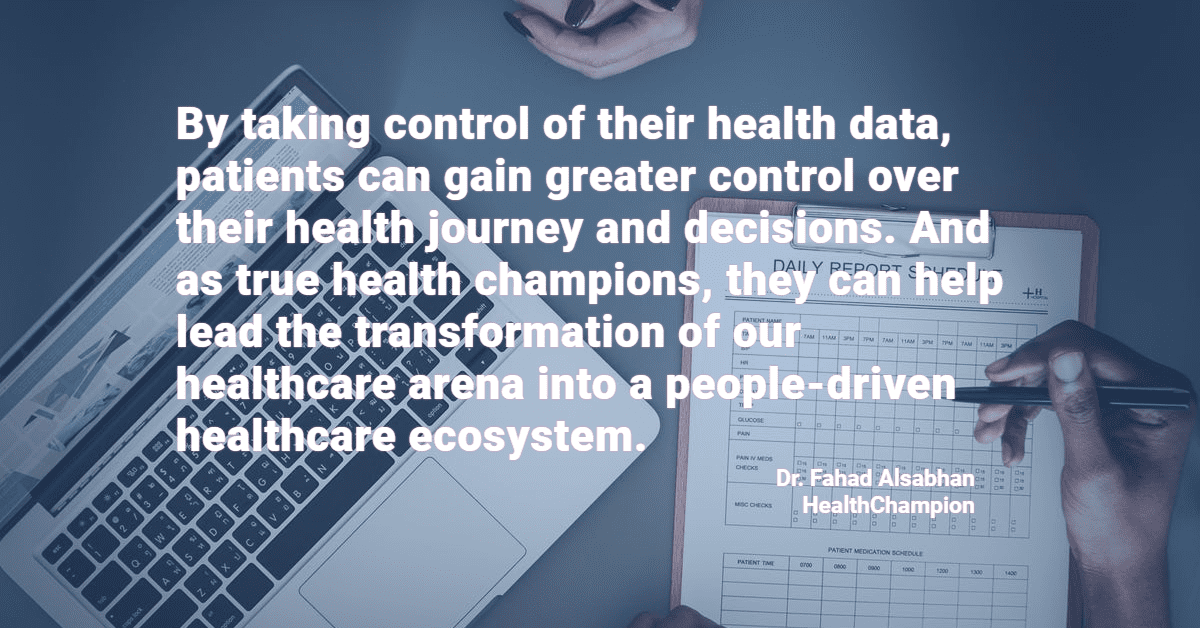
Becoming a Calcium
There’s one more reason why patients and consumers should begin building and managing their family’s complete personal health files. Our healthcare system is in major need of a transformation, and we believe it starts with patients once again taking control of their healthcare journey.
The most important area that patients can control is their health data. All of it. For too long, many assume that since your hospital or doctors controlled all your healthcare records, they basically owned your medical data.
By taking advantage of electronic records, consumers now have the opportunity to can reclaim ownership of their PHR. By taking control of their health data, patients can gain greater control their health journey and decisions. And as true Calcium, they can help lead the transformation of our healthcare arena into a people-driven healthcare ecosystem.


